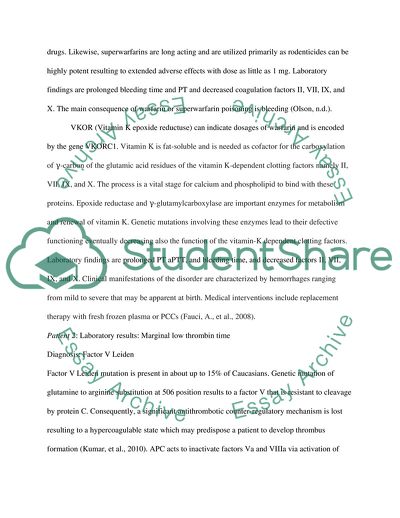Cite this document
(Stage of Chronic Liver Disease Lab Report Example | Topics and Well Written Essays - 1500 words - 1, n.d.)
Stage of Chronic Liver Disease Lab Report Example | Topics and Well Written Essays - 1500 words - 1. https://studentshare.org/health-sciences-medicine/1751070-investigation-of-human-disease
Stage of Chronic Liver Disease Lab Report Example | Topics and Well Written Essays - 1500 words - 1. https://studentshare.org/health-sciences-medicine/1751070-investigation-of-human-disease
(Stage of Chronic Liver Disease Lab Report Example | Topics and Well Written Essays - 1500 Words - 1)
Stage of Chronic Liver Disease Lab Report Example | Topics and Well Written Essays - 1500 Words - 1. https://studentshare.org/health-sciences-medicine/1751070-investigation-of-human-disease.
Stage of Chronic Liver Disease Lab Report Example | Topics and Well Written Essays - 1500 Words - 1. https://studentshare.org/health-sciences-medicine/1751070-investigation-of-human-disease.
“Stage of Chronic Liver Disease Lab Report Example | Topics and Well Written Essays - 1500 Words - 1”. https://studentshare.org/health-sciences-medicine/1751070-investigation-of-human-disease.


